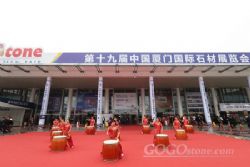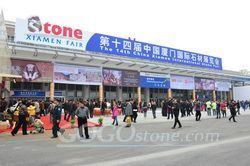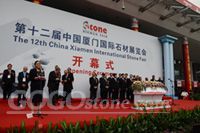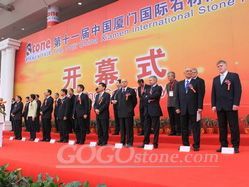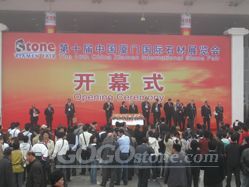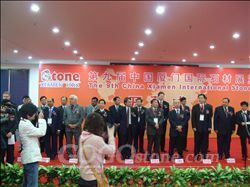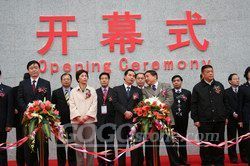Location : Home > News > News
Working as a freelance templator
( Date: 2020/7/16 9:59:40 )
We discuss what it’s like to be a freelance templator and the benefits that go with it
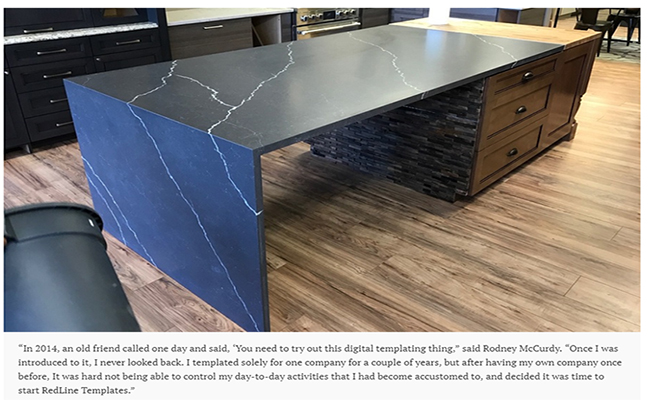
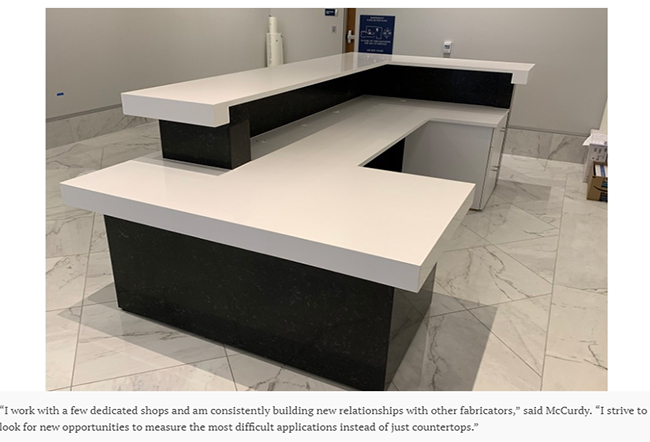
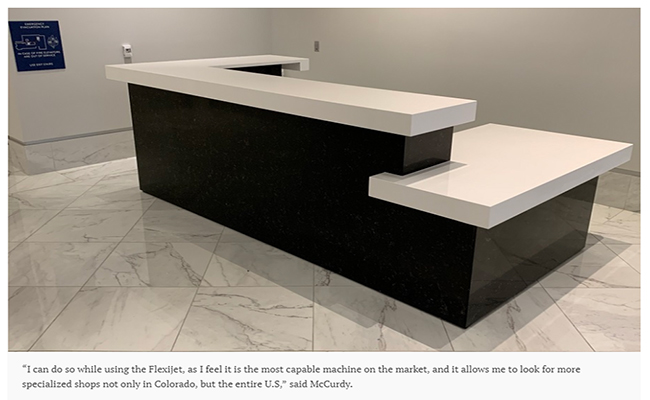
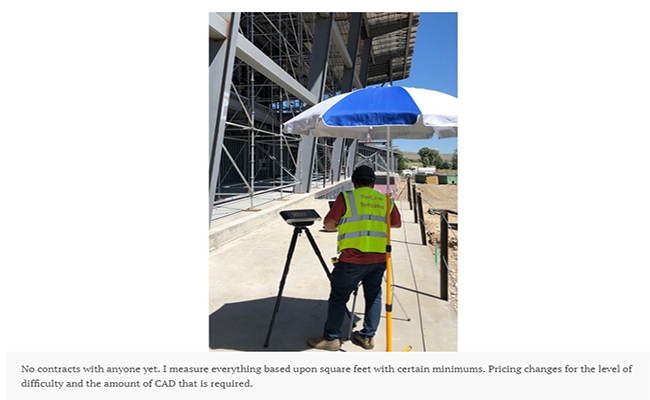
Freelance templating isn’t a term that’s used much. Most fabrication shops hire templators, but there are those that work on a freelance basis. Stone World had the opportunity to talk to a couple freelance templators to understand how their business works. We spoke with Sam Azimi of Dinozio Design Digital Survey, located in Toronto, Canada, and Rodney McCurdy of Redline Templates located in Denver, CO.
How do you get involved being a freelance digital templator? What do your typical days look like?
RM: I really enjoy being a digital templator and the freedoms that come with it. I got into the stone industry in 2002 and have been involved with every aspect from sales and scheduling, to fabrication and installation. After having my own install company for five years, in 2010 I went back into custom home building. In 2014, an old friend called one day and said, “You need to try out this digital templating thing.” Once I was introduced to it, I never looked back. I templated solely for one company for a couple of years, but after having my own company once before, It was hard not being able to control my day-to-day activities that I had become accustomed to, and decided it was time to start RedLine Templates.
SA: Digital templating is about visualizing a 3D space and bringing this concept into CAD by using real time and accurate measurements that are captured with highly sensitive laser equipment. Our slogan is that "We capture the reality to build your dreams with professional approaches for building documentation to digitize construction builds."
As a digital templator, I get to spend a part of my time outside on construction sites and coordinating with the trades. And I spend a portion of my time in my office doing post processing CAD work, or clearing the usual business admin tasks.
I have always had a passion for CAD and Spatial Geometry. I spent more than a decade managing and building facility infrastructures as a professional engineer. A few years ago, I delivered a turn-key project for a fabricator client and designed a fully-automated stone processing facility. Through that project, I got connected with the newest laser technologies available in the industry. Later on, I chose one of the best ones that fit my practice and the needs of my new clients.
Now do you work with only a certain set of fabricators? Or are you open to working with anyone?
RM: I work with a few dedicated shops and am consistently building new relationships with other fabricators. I strive to look for new opportunities to measure the most difficult applications instead of just countertops. I can do so while using the Flexijet, as I feel it is the most capable machine on the market, and it allows me to look for more specialized shops not only in Colorado, but the entire U.S.
SA: We work with a variety of clients from different industries. Our main set of activities are with stone fabricators, as they have a tremendous need for upgrades to stay within the industry growth rate. We also work for clients in the glass, steel, and millwork industries.
Are there any special requirements for you, Sam, as you work outside the U.S.?
SA: Aside from the normal business practice requirements that may vary from province to province (as it is in states), the practice of Cadastral surveying is regulated in Ontario and requires certifications by the authorizing body. Under the surveyors act in Ontario, one must have a license to practice any survey activities related to the extent, value and ownership of land, especially for taxation, which is licensed on OLS. Outside of this definition, the surveying of natural and artificial features fall under a larger umbrella that also governs the professional engineers.
So why have you made the choice to be a freelance templator verses just working for one company?
RM: The main reasons I would rather freelance are a combination of [of what I have already mentioned] and that I am always looking to expand. I have had great success learning and expanding into the glass and cabinet industries and I would not have been able to do so if I was working solely for one company.
SA: They are both practical approaches if you are passionate about templating and want to only do the site measure. Working for only one company has the added advantage that you deal with only one set of styles or requirements. This makes the process simpler, and you can spend your time doing what you really enjoy, which is measuring. I am as passionate about building a business as I am about templating, which makes it enjoyable for me to look for and manage new clients while challenging our capabilities by taking on more sophisticated projects to measure.
I like being a freelance templator because it takes me outside often. I enjoy the work and the opportunity to be flexible and balance my time. It certainly is different than sitting behind the same desk in an office day after day. It can be very rewarding for anyone who is passionate about 3D space and can comfortably visualize it in fine details. It also gives the opportunity to pick and choose to work with good clients and the ability to say “no” to the unreasonable prospects.
When you started off doing freelance work, how did you get clients? What was that process like?
RM: Starting off wasn’t too bad, as I had built relationships with many companies back when I was installing. As I continue to expand into more shops and other industries, I have had some push back. Shops are very reluctant to let go of one the most important jobs in getting a job completed correctly. Most of the time, the templator is the first one seeing the jobsite and must help with design to ensure the pieces not only fit the area but can also fit into the house/stairs/elevator etc. You must have the confidence to not only convince them they should let you take over that position, but you will represent their company and their standards as well.
SA: I spent a bit of time getting the word out there through my professional network. After that initial campaign, I spent most of time networking at conferences or trade shows for our marketing efforts. Most of our business is from word of mouth and repeat customers with 100% satisfaction.
How do you go about billing clients?
RM: No contracts with anyone yet. I measure everything based upon square feet with certain minimums. Pricing changes for the level of difficulty and the amount of CAD that is required.
SA: There are different methods of billing out there, and we try to tailor to the needs of our clients. Most the projects are custom and vary in level of sophistication from project to project. We have a few “platinum” clients for whom we work based on an agreed price schedule, and our billings are Net 30. For new clients or one offs, we price based on job detail and write a scope schedule before we take on the work.
From: stoneworld
Latest Resources
- Kerakoll to open new production facility...
- Stone, carbon fibres and biochar cited a...
- World Floor Covering Association Introdu...
- Ceramics of Italy Previews Coverings 202...
- Coverings 2024 Earth Day Activations wil...
- Lunada Bay Tile refreshes Linen collecti...
- Design Holding Opens Flagship Store
- ISFA Revamps Regional Events
- Technistone issue statement on engineere...
- NTCA Welcomes Randy Crowder as Membershi...
Previous Fair





